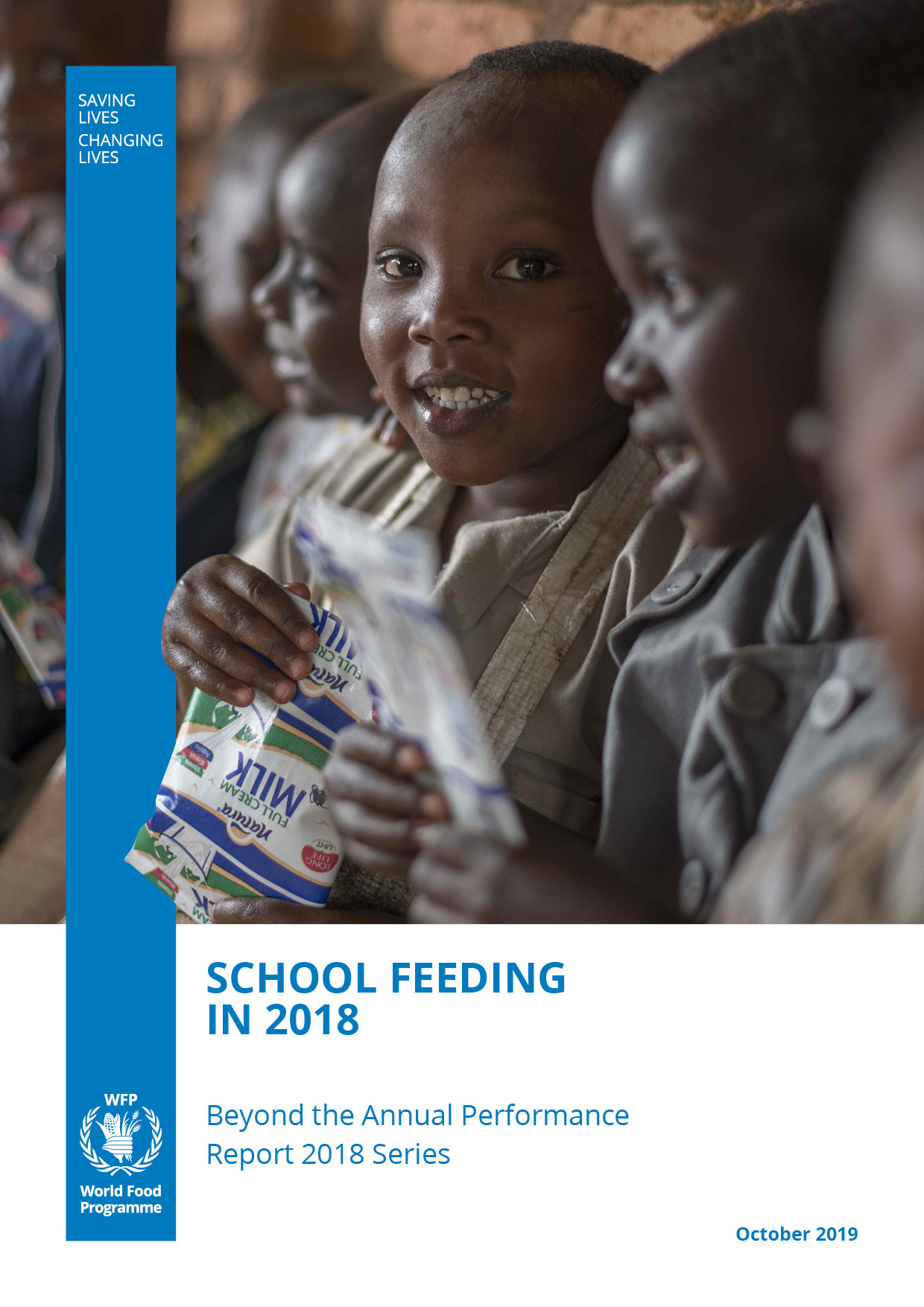Schools are where we lay the foundation for future economic growth and human capital, and where our future political leaders, scientists, economists, artists and thinkers are formed. Along with quality education, good health and nutrition are required for children to be able to participate and learn in school and become more productive adults.
Most countries have established school feeding programmes to provide a safety net for vulnerable families and boost children’s educational and health outcomes. Today, more than half of the world’s school children receive food at school, the largest number and proportion ever. However, in many low- and middle-income countries, national school feeding programmes remain incipient. This is why – for the past 60 years – WFP has provided operational support and technical assistance to governments to help children in the poorest regions of the world attend school and reach their full potential.
In 2018, while continuing its efforts working at the country level, WFP re-energized its school feeding efforts by creating a new School Feeding Service and engaging in extensive dialogue and learning to pave the way for a new strategy in early 2020.

